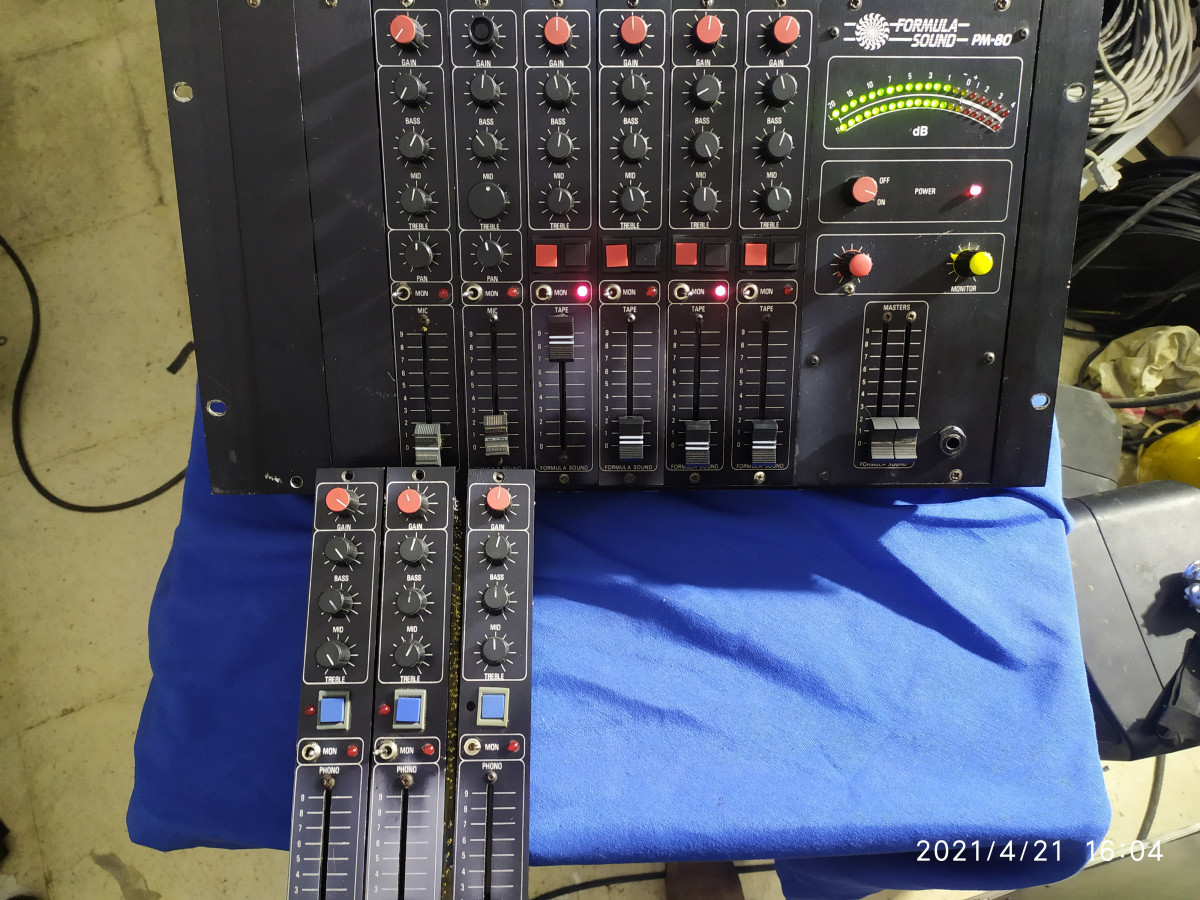

Both of these passenger aircraft and some modern fighters are also capable of supercruise, a condition of sustained supersonic flight without the use of an afterburner. No modern-day passenger aircraft are capable of supersonic speed, but there have been supersonic passenger aircraft, namely Concorde and the Tupolev Tu-144. Most modern fighter aircraft are supersonic aircraft. Later the project was indefinitely delayed due to the Covid-19 pandemic and the vehicle was put up for sale. The effort was originally run by Richard Noble who was the leader of the ThrustSSC project, however following funding issues in 2018, the team was bought by Ian Warhurst and renamed Bloodhound LSR. The aim was to break the existing record, then make further attempts during which the team hope to reach speeds of up to 1,600 km/h (1,000 mph). The Bloodhound LSR project planned an attempt on the record in 2020 at Hakskeenpan in South Africa with a combination jet and hybrid rocket propelled car. The vehicle, driven by Andy Green, holds the world land speed record, having achieved an average speed on its bi-directional run of 1,228 km/h (763 mph) in the Black Rock Desert on 15 October 1997. To date, only one land vehicle has officially travelled at supersonic speed, the ThrustSSC.

When an inflated balloon is burst, the torn pieces of latex contract at supersonic speed, which contributes to the sharp and loud popping noise. At even higher altitudes the temperature starts increasing, with the corresponding increase in the speed of sound. Note that the speed of sound decreases somewhat with altitude, due to lower temperatures found there (typically up to 25 km). During ascent, launch vehicles generally avoid going supersonic below 30 km (~98,400 feet) to reduce air drag.

Most spacecraft are supersonic at least during portions of their reentry, though the effects on the spacecraft are reduced by low air densities. Most modern firearm bullets are supersonic, with rifle projectiles often travelling at speeds approaching and in some cases well exceeding Mach 3. However, the first man-made supersonic boom was likely caused by a piece of cloth, spurring the whip's eventual development. The wave motion travelling through the bullwhip is what makes it capable of achieving supersonic speeds. The tip of a bullwhip is thought to be the first object designed to break the sound barrier, resulting in the telltale "crack" (actually a small sonic boom). The modern term for this meaning is " ultrasonic".Įtymology: The word supersonic comes from two Latin derived words 1) super: above and 2) sonus: sound, which together mean above sound, or faster than sound.īritish Airways Concorde in early BA livery at London-Heathrow Airport, in the early 1980s
#SPEED OF SOUND FORMULA CRACK#
Supersonic fracture is crack motion faster than the speed of sound in a brittle material.Īt the beginning of the 20th century, the term "supersonic" was used as an adjective to describe sound whose frequency is above the range of normal human hearing. In solids, sound waves can be polarized longitudinally or transversely and have even higher velocities.

In water at room temperature supersonic speed can be considered as any speed greater than 1,440 m/s (4,724 ft/s). Since air temperature and composition varies significantly with altitude, the speed of sound, and Mach numbers for a steadily moving object may change. In gases, sound travels longitudinally at different speeds, mostly depending on the molecular mass and temperature of the gas, and pressure has little effect. Objects move at supersonic speed when the objects move faster than the speed at which sound propagates through the medium. Sounds are traveling vibrations in the form of pressure waves in an elastic medium. This occurs typically somewhere between Mach 0.8 and Mach 1.2. Flights during which only some parts of the air surrounding an object, such as the ends of rotor blades, reach supersonic speeds are called transonic. Speeds greater than five times the speed of sound (Mach 5) are often referred to as hypersonic. For objects traveling in dry air of a temperature of 20 ☌ (68 ☏) at sea level, this speed is approximately 343.2 m/s (1,126 ft/s 768 mph 667.1 kn 1,236 km/h). Supersonic speed is the speed of an object that exceeds the speed of sound ( Mach 1). The white cloud forms as a result of the supersonic expansion fans dropping the air temperature below the dew point. Navy F/A-18 approaching the sound barrier.


 0 kommentar(er)
0 kommentar(er)
